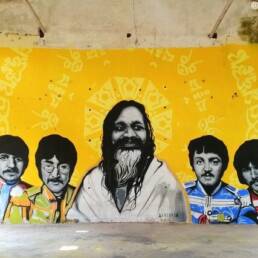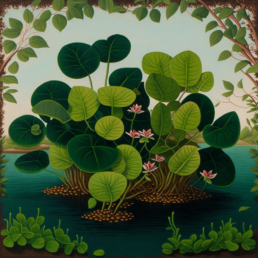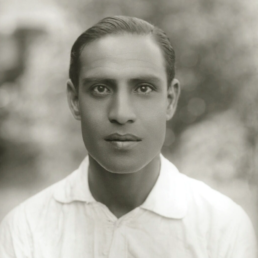Denims have always made people look effortlessly cool. In fact, no garment has blurred class and gender lines like a pair of blue jeans. And when we think of jeans we almost always think Levi’s. But did you know denims have an Indian connection?
In 1872, Jacob Davis, a tailor from Reno, Nevada, wrote a letter to Levi Strauss – the owner of a dry goods company in San Francisco – detailing how he had found a way to make durable pants for his customers.
Davis wrote how, by placing copper rivets on pocket corners and at the base of the button fly, he was able to make sturdier pants which were less prone to rips.
He realized his product carried potential but he needed a business partner to make it work. Since the bulk of his raw material was sourced from Strauss, Davis proposed a partnership. Strauss didn’t need convincing and the rest is history.
In 1873, Levi Strauss and Jacob Davis were granted a patent for the design and the first ‘modern, blue jeans’ was born. But the words ‘modern’ and ‘blue’ carry great significance when it comes to tracing the origin of denim.
This is because multiple historical accounts suggest that a similar kind of garment was already in use in Europe – at least several centuries back. In fact, the word ‘Jeans’ was derived from ‘Genes,’ French for Genoa – a port city in northwestern Italy.
According to sources, a hardy fabric, called ‘fustian,’ was predominantly used for making tarpaulins in Genoa. Then, sometime during the 16th century, the Genoese navy decided to kit out its sailors using the ‘Genoa fustian.’
Large quantities of the fabric were thus dispatched to the textile mills of Nîmes, France, where it was woven and sent back to the Genoese navy. That’s how the word ‘denim’ came into being, from the phrase – ‘de Nîmes,’ which simply means ‘from Nîmes.’
Once the order was delivered, the fabric was dyed a fabulous blue using a natural dye; a dye extracted from a plant indigenous to India – the ‘Indigofera Tinctoria,’ or the Indian Indigo.
Italian explorer, Marco Polo, recorded the existence of the plant during his visit to India in the 13th century. Soon, the rest of the world couldn’t get enough of this brilliant blue dye – the very same ‘blue’ responsible for denim’s magical appeal.
The story doesn’t end here though as India played a key role in the evolution of sailor pants, which later went on to become a fashion staple across the world.
As history goes, Italian sailors felt the need to protect the upper-half of their bodies during prolonged voyages. This gave rise to a new kind of durable garment (along with pants) – bibs-and-brace or overalls.
These, however, were made from Calico, a fabric named after Calicut (now Kozhikode), a port in India. That is not all. While Calicut provided the raw fabric, another port town, Bombay (now Mumbai), manufactured the end product.
In fact, it is believed ‘dungarees’ was named after Dongari Kapar, the harbourside hamlet close to Mumbai which produced the garment.
Even though India fell in love with denim much later (roughly around the 1990s), denims quickly became the go-to fashion fix for one and all. In fact, jeans conquered India in a heartbeat.
Sources:
Downey, Lynn – Levi Strauss & Co. Historian 2008. “LEVI STRAUSS: A SHORT BIOGRAPHY”. https://web.archive.org/web/20110723005530/http://www.levistrauss.com/sites/default/files/librarydocument/2010/4/History_Levi_Strauss_Biography.pdf
Rajghatta, Chidanand. “Jeans and India: Denim Denim ka Bandhan”. https://timesofindia.indiatimes.com/blogs/ruminations/jeans-and-india-denim-denim-ka-bandhan/
Morando, Adriana. “Genoa and jeans: the port’s fabric which conquered America”. http://www.guidadigenova.it/en/genoa-curiosity/genoa-jeans/
Image attributes:
https://www.levi.com/US/en_US/features/about-us
Species: Indigofera tinctoria by Kurt Stüber, CC BY-SA 3.0, From Wikimedia Commons




